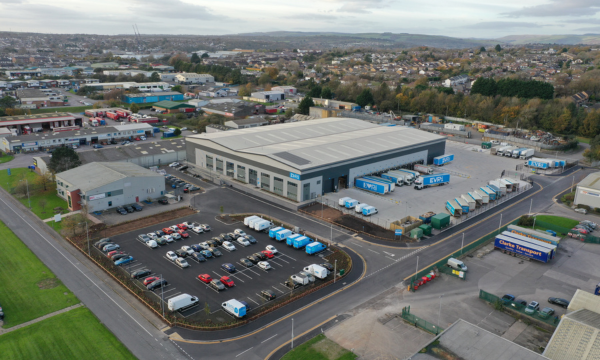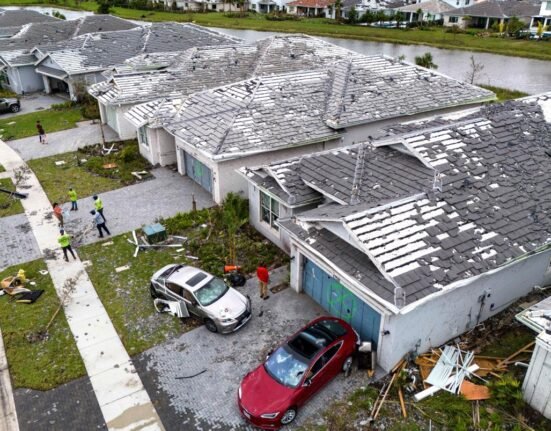Occupier demand for commercial property in Wales fell flat through the final quarter of 2024 – but optimism for the industrial property sector has driven an improvement in the outlook overall.
According to the latest Royal Institution of Chartered Surveyors (RICS) Commercial Property Monitor, whilst overall occupier demand is flat, there is variation in the sub-sectors.
Occupier demand for industrial space rose (a net balance of 7%), demand for office space was reported to have fallen flat, and a net balance of -7% of Welsh respondents reported that demand for retail space had fallen, an improvement from -23% seen in Q3 2024.
Looking at overall investor demand, a net balance of -17% of respondents in Wales reported a fall. Looking at the subsectors, investor demand for industrial space fell flat through the final quarter of 2024, whilst surveyors report falls in investor demand for both office and retail space (net balances of -21% and -29%).
Regarding capital value expectations, on the three-month outlook, surveyors expect these to fall flat overall. A net balance of 21% of respondents anticipate that capital values for industrial space will rise through the opening months of 2025, up from 13% in Q3, whilst net balances for both retail (-7%) and office (-8%) space remain muted.
With regard to rental expectations, surveyors appear more optimistic than seen previously. A net balance of 9% of surveyors in Wales expect rents to rise over the next quarter. A net balance of 33% of Welsh respondents anticipate that rents will rise for industrial space, whilst rents for office are expected to fall flat and rents for retail space are expected to fall. However at -7% the net balance for retail rental expectations is at its least negative since 2017.
Chris Sutton of Sutton Consulting Limited in Cardiff commented:
“The decision by Lloyds Bank to lease the Grade A John Street headquarters building, developed by JR Smart, is a boost for the Cardiff office market. The challenge is now to create a pipeline of further Grade A buildings to suit future office requirements and secure jobs in the city. Increased construction costs will require increased rents to maintain viability.”
Nick Founds of Glanmor Chartered Surveyors in Swansea added:
“Swansea is currently going through some interesting changes with several city centre buildings being repurposed by private companies and the local authority. There is a mix of council developments bringing office accommodation and public buildings/spaces into the centre and private developers facilitating residential schemes which is being made possible by council loans and grants. This provides much needed accommodation and transforming old buildings making the centre more visually attractive.”
Commenting on the UK picture, RICS Head of Market Analytics, Tarrant Parsons, said:
“The closing quarter of 2024 saw sentiment in the UK Commercial Property market soften a little, with bond market uncertainty impacting credit conditions and investment. This has not however soured long-term confidence in the market. Prime industrial and office assets continue to demonstrate resilience, and the gap between modern, energy-efficient commercial property and the rest expanded again. According to some of our respondents, rising rents are enabling developers to refit and improve their properties in what is a competitive prime market. Many are employing a ‘wait and see’ attitude towards the commercial property sector and the impact of the UK Government’s policy package, reflected in a flatter outlook this past quarter. The latest announcements by the Chancellor should help support confidence in the real estate sector.”







